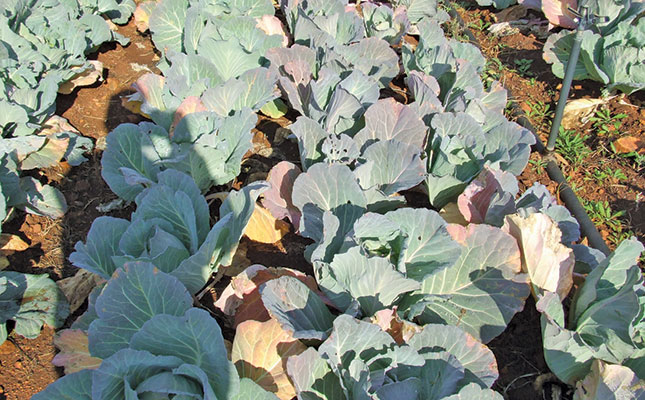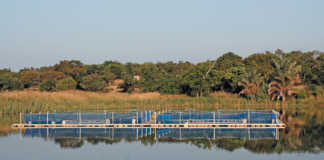
Photo: Bill Kerr
When plants take up nitrate, they convert it to ammonia; for this reason, they more readily take up fertiliser in the ammonia form.
The problem, however, is that ammonia has a positive electrical charge, and is therefore magnetically attracted to (or ‘adsorbed’ onto) the negatively charged soil colloids. This means it is not in the soil solution, and hence is less accessible to plants.
One benefit of this is that, while attached to the soil colloids, ammonia cannot be leached by heavy rain or irrigation.
Of the nitrogenous fertilisers, ammonia (and ammonium sulphate in particular) has the greatest acidifying action on soil. This can be either good or bad; farmers with a high pH in their soils tend to find it an advantage.
Unfortunately, as ammonia is less available for plant extraction in its current form, there may be a delay in providing the crop with nitrogen. This can be a disadvantage when the crop requires this element urgently.
As ammonia must be converted into nitrate to become more readily available, any delay can be a hindrance. The situation can get worse when the soil temperature is low.
The process of conversion is accomplished by nitrifying bacteria, which are drastically slowed down when the soil temperature decreases below 10°C.
This means that, while a farmer might have no problem in summer, less nitrogen might be available to the plants in winter. The speed of conversion is also influenced by the amount of bacteria in the soil that execute this function.
Nitrogen unavailable
On more than one occasion, I have been invited to a farm to help with a ‘nutrient deficiency’. En route to the land, the farmer would tell me to exclude the possibility of a nitrogen deficiency as he had applied copious quantities of fertiliser.
From this, I could hear that he initially believed the symptoms were signs of a nitrogen deficiency, but had discounted the possibility due to the number of applications.
Upon arriving at the land, I would instantly recognise a nitrogen deficiency, and so ask the farmer what form of nitrogen had been applied. If it was ammonium sulphate or urea, I would have to explain that, due to soil temperature, the nitrogen was in the soil, but not readily available to the crop due to reduced action of the microbes that convert it to nitrate.
Make allowance for Winter
Many farmers, it seems, do not understand this process. But they need to take it into account when winter draws near.
In short, when you need to use an ammonia-based fertiliser, apply enough to make allowance for this factor.
Fortunately, in most areas of the country, rainfall is lower or unlikely in winter, so the stored nitrogen is not easily lost.
Bill Kerr is a vegetable specialist and a breeder of a range of vegetables.











